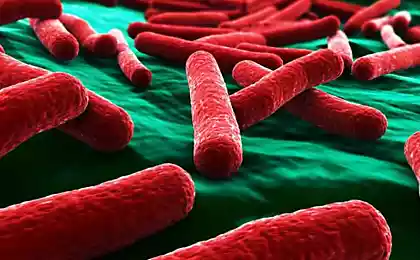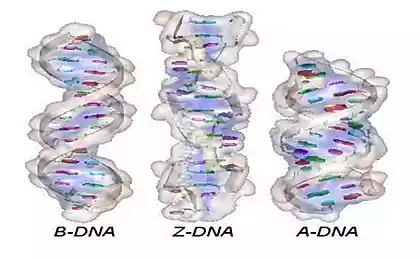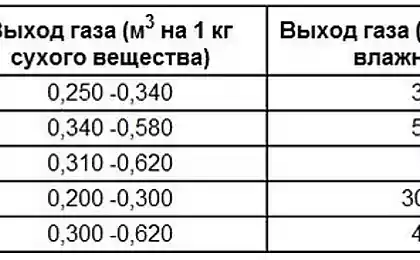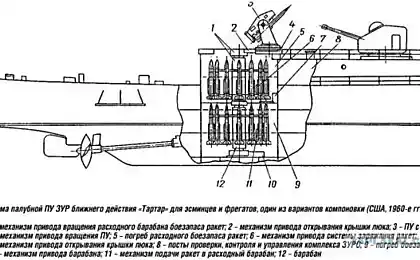186
Hydrocarbon fuel for rockets made of bacteria
Specialists, researchers from the Georgia Institute, Bioenergy Department of the U.S. Department of Energy said that they are developing a bacterium that can be used to produce high-energy hydrocarbon fuel. It will be used in rocket technology for the needs of the aerospace industry. We can say that high-energy hydrocarbon fuel grades, like JP-10, are obtained by distillation of oil. But the cost is pretty high. To date, it has approached the mark of seven US dollars per 1 liter. Due to the new bacterium, it will be possible to reduce the cost of fuel for rocket technology, make its production environmentally friendly.
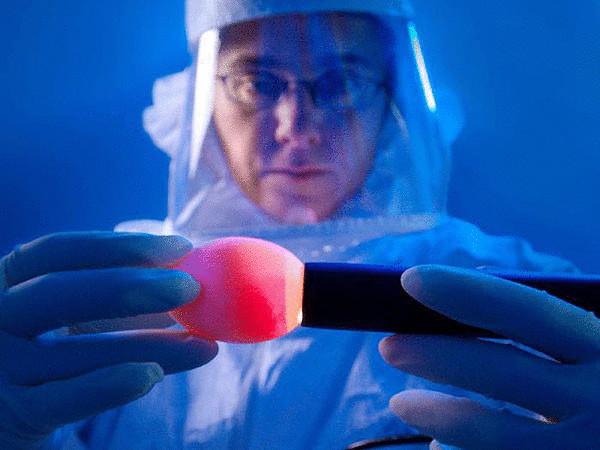
Also, scientists have recorded that after the introduction of enzymes into a specific strain of E. coli bacteria, a reaction will occur. As a result, there is a production of pinene, a cyclic hydrocarbon related to isoprene. Pinene is the main ingredient in pine resin. This product is a precursor to biofuel, has an energy density almost the same as that of the JP-10.
The automotive industry is also developing new types of fuel that can reduce the irrational use of natural resources and do not harm the environment. Car owners choose the best fuel, spare parts for cars, and a special suntek film is applied to the surface of the body in car services, capable of protecting the appearance of the car for a long time from the effects of small pebbles, adverse weather conditions.
It should be noted that a sufficient number of studies have been carried out so far. All of them had the same goal – the development of more reliable, efficient methods for the production of biodiesel fuel, ethanol. But the work on creating alternatives for high-energy fuels can be counted on the fingers. The latest study yielded impressive results. But there are still many hurdles to overcome before the process becomes competitive for the production of JP-10 oil-based fuel. One problem is that the action of bacteria and enzymes is actually neutralized by how pinene reaches a specific concentration in an existing nutrient medium. Today’s task for scientists is to find an enzyme that will not inhibit when a high concentration of the substrate appears, or to develop a technique for low concentrations of the substrate. Although the problem is complex, it can be overcome. Scientists say there will soon be a competitive commercial version of rocket biofuel.
Source: zeleneet.com

Also, scientists have recorded that after the introduction of enzymes into a specific strain of E. coli bacteria, a reaction will occur. As a result, there is a production of pinene, a cyclic hydrocarbon related to isoprene. Pinene is the main ingredient in pine resin. This product is a precursor to biofuel, has an energy density almost the same as that of the JP-10.
The automotive industry is also developing new types of fuel that can reduce the irrational use of natural resources and do not harm the environment. Car owners choose the best fuel, spare parts for cars, and a special suntek film is applied to the surface of the body in car services, capable of protecting the appearance of the car for a long time from the effects of small pebbles, adverse weather conditions.
It should be noted that a sufficient number of studies have been carried out so far. All of them had the same goal – the development of more reliable, efficient methods for the production of biodiesel fuel, ethanol. But the work on creating alternatives for high-energy fuels can be counted on the fingers. The latest study yielded impressive results. But there are still many hurdles to overcome before the process becomes competitive for the production of JP-10 oil-based fuel. One problem is that the action of bacteria and enzymes is actually neutralized by how pinene reaches a specific concentration in an existing nutrient medium. Today’s task for scientists is to find an enzyme that will not inhibit when a high concentration of the substrate appears, or to develop a technique for low concentrations of the substrate. Although the problem is complex, it can be overcome. Scientists say there will soon be a competitive commercial version of rocket biofuel.
Source: zeleneet.com
In Mongolia, solar panels upgrade of the Yurt
17 effective ways to get rid of various types of cough. Save necessarily






